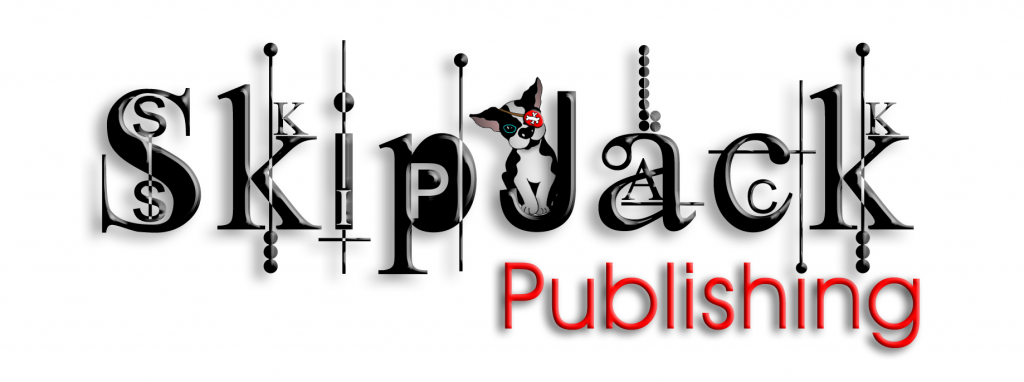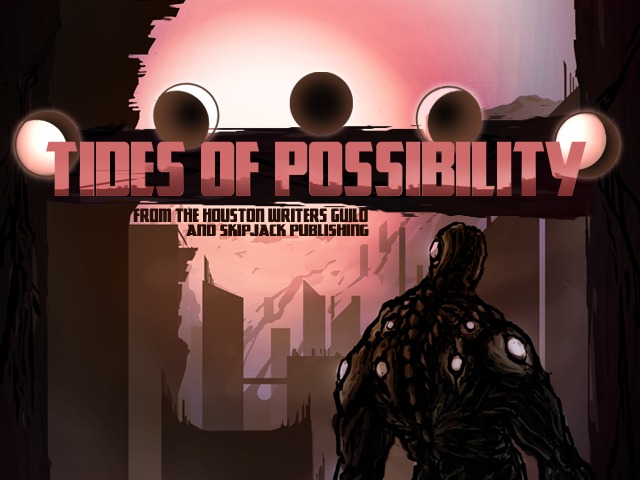![]() When I wrote What Kind of Loser Indie Publishes, and How Can I Be One, Too?, I wanted to index the book . . . eventually. An index can make a paperback how-to book immeasurably more helpful. [Note: in my humble opinion, an index for an ebook makes no sense, as an ebook is fully searchable, and because an ebook is not paginated.] At the time, I looked briefly at indexing options, mostly hiring someone else to index it for me, and I decided to postpone that decision until I’d had more time to research it. Somehow weeks turned into months and the launch of another novel, and still Loser begged for its index. So, eight months after it was born, I got down to the serious business of finding an index solution for Loser.
When I wrote What Kind of Loser Indie Publishes, and How Can I Be One, Too?, I wanted to index the book . . . eventually. An index can make a paperback how-to book immeasurably more helpful. [Note: in my humble opinion, an index for an ebook makes no sense, as an ebook is fully searchable, and because an ebook is not paginated.] At the time, I looked briefly at indexing options, mostly hiring someone else to index it for me, and I decided to postpone that decision until I’d had more time to research it. Somehow weeks turned into months and the launch of another novel, and still Loser begged for its index. So, eight months after it was born, I got down to the serious business of finding an index solution for Loser.
First, know this: creating an index requires a thorough understanding of your subject matter and how people will want to access it. An index isn’t just a list of words. It is a cross-referenced list of interrelated concepts and terminology. This means the author’s involvement is critical to its final quality, even if the indexing is outsourced. In addition, a book can’t be fully indexed until it is complete, unless you mark words as you go, a laborious process that when I looked into it via Microsoft Word made me briefly contemplate gouging my eyes out. Anyway, to index like I’m going to teach you, you need the copyedited final version in hand when you start, so that your page numbers are firm.
I started searching, beginning with online articles (<– the comments in this one are all from professional indexers) that referred to serviced providers. Outsourcing options started at $350 and went up quickly. My mental cash register dinged and dinged with expenses in terms of dollars and hours of my time.
Then a friend suggested I look for free indexing software for a DIY index. This appealed to me. Maybe someday I’d outsource my index, but I’m the kind of person how likes control, and to know exactly how things work. I searched for free options and found a few (Here and Here). None of them appealed to me as creating the type of final product I envisioned. Of course, I hadn’t known what I envisioned, but as soon as I started my search, I quickly made a list. I wanted an index with margins, fonts, and a general style that looked professional and matched my existing book. I wanted easy-to-use and good customer support.
I reviewed some paid applications, and finally settled on PDF Index Generator. PDF Index Generator creates an index to your specifications by counting and referencing each instance every word in your book appears in your text. You have control to omit words or to set minimum numbers of letters. Additionally, it asks you to specify how many pages to skip before it starts indexing. This is critical. You want to skip your cover page, table of contents, and other pre-pages so that your indexing starts with what you have named page one in your book.
The results are a list of words and the pages on which they appear. You then go through the list by hand and choose the words to include in your index, and how they will appear. For instance, POD means Print on Demand, and I wanted it to be listed in its long form in the book because I thought that was the way people would be most likely to look for it, so I simply defined it that way. If I wanted, I could also list POD, See Print on Demand to refer the reader to the correct entry. You can also combine words. I wanted many different terms to be collapsed into a general heading of Promotion, and I combined them all into that entry. You can also use your index entry’s name to provide more hints to what it means. I.e., Formatting, Print Books might be an entry, instead of just Formatting. And finally, you can index words that don’t appear in your text at all just by editing your entry’s name, or by editing a name for many entries that you linked together. Maybe you think someone will search by the term Self Publishing, and instead you used indie and independent publishing. Just link indie and independent publishing and rename it to Self Publishing, and you’re in business (I didn’t do that, but I could have).
Sound laborious? Well, yes, it is. Nothing like the labor of a hand-generated index, however, and it doesn’t require technical skills, just a great understanding of the material and its usage. To my knowledge, there is no way around this. And guess what? All told, my part of this process took one afternoon, even as a first-time user. With no tears and minimal cussing. Yes, I made mistakes and had to correct them. Early on, I ditched my file and started over. But when I was done, I thought, “That wasn’t bad at all.”
Note: proofread carefully every step of the way.
PDF Index Generator started with the PDF of my print-ready interior file, although I gave it a “saved as” version and kept my original intact. When it was done, it had created an index file, and it appended it to the end of the PDF I specified.
At this point, you may choose to send your book back to your editor for copyediting of your index. If your editor makes any changes, you make then to the index file itself, then rewrite it to a NEW “saved as” PDF of your original interior file. You can’t just copy the index over itself in the PDF you sent to the editor. Sorry. But that’s not much of a complication.
When you have a final page count for your interior file with its new index, you’ll be able to finalize your full cover to match the total page count.
At this point in my process, I then had a file I could use with my printing service. I do POD with both CreateSpace (Amazon) and Lightning Source (Ingram). I uploaded my file with no problems at all to CreateSpace and had an indexed book available within 48 hours.
This is where things got interesting. I am very careful about my file uploads to Lightning Source because they charge $40 per file. Since I had a new cover and a new interior, that’s $80. Truth be told, that’s one of the reasons I had held off with my index, to avoid paying this $80. However, Lightning Source is a critical component of my personal sales strategy, so I had to do it. That drove the cost of my project up from the $59.95 that I spent on the software by an additional $80.
I cheerily uploaded my new files, and the interior file was rejected due to the fonts not being embedded right. Rather than get upset, I contacted customer support with PDF Index Generator. Hesham Gneady spent weeks dialoguing with me while we waited for Lightning Source to respond in a helpful manner, and, once they got him the information he needed, he produced FOR ME a perfect file which uploaded and was accepted. He was more responsive and helpful than my Lightning Source rep, for sure. He spent more time with me—because he understood the importance of solving this problem to his future business—than $59.95 worth. And I was able to talk Lightning Source into waiving the additional $40 for uploading the second file. Phew.
The result, for me, was a functional and attractive index for Loser at a reasonable price, with no greater investment of my time than I had expected, with fantastic customer support. The paperback of Loser is now a better value to its buyers, too. I don’t anticipate doing a lot of books that need indexes, but I wouldn’t hesitate to recommend this PDF Index Generator, for the use of authors, editors, publishers, and book formatters.
What about you guys? Have you found an indexing solution that works for you?
Pamela
Pamela Fagan Hutchins is an employment attorney and work place investigator by day who writes award-winning and bestselling romantic mysteries (Saving Grace) and hilarious nonfiction (What Kind of Loser Indie Publishes, and How Can I Be One, Too?) by night. She is passionate about great writing and smart authorpreneurship. She also leaps medium-tall buildings in a single bound, if she gets a good running start.
place investigator by day who writes award-winning and bestselling romantic mysteries (Saving Grace) and hilarious nonfiction (What Kind of Loser Indie Publishes, and How Can I Be One, Too?) by night. She is passionate about great writing and smart authorpreneurship. She also leaps medium-tall buildings in a single bound, if she gets a good running start.












